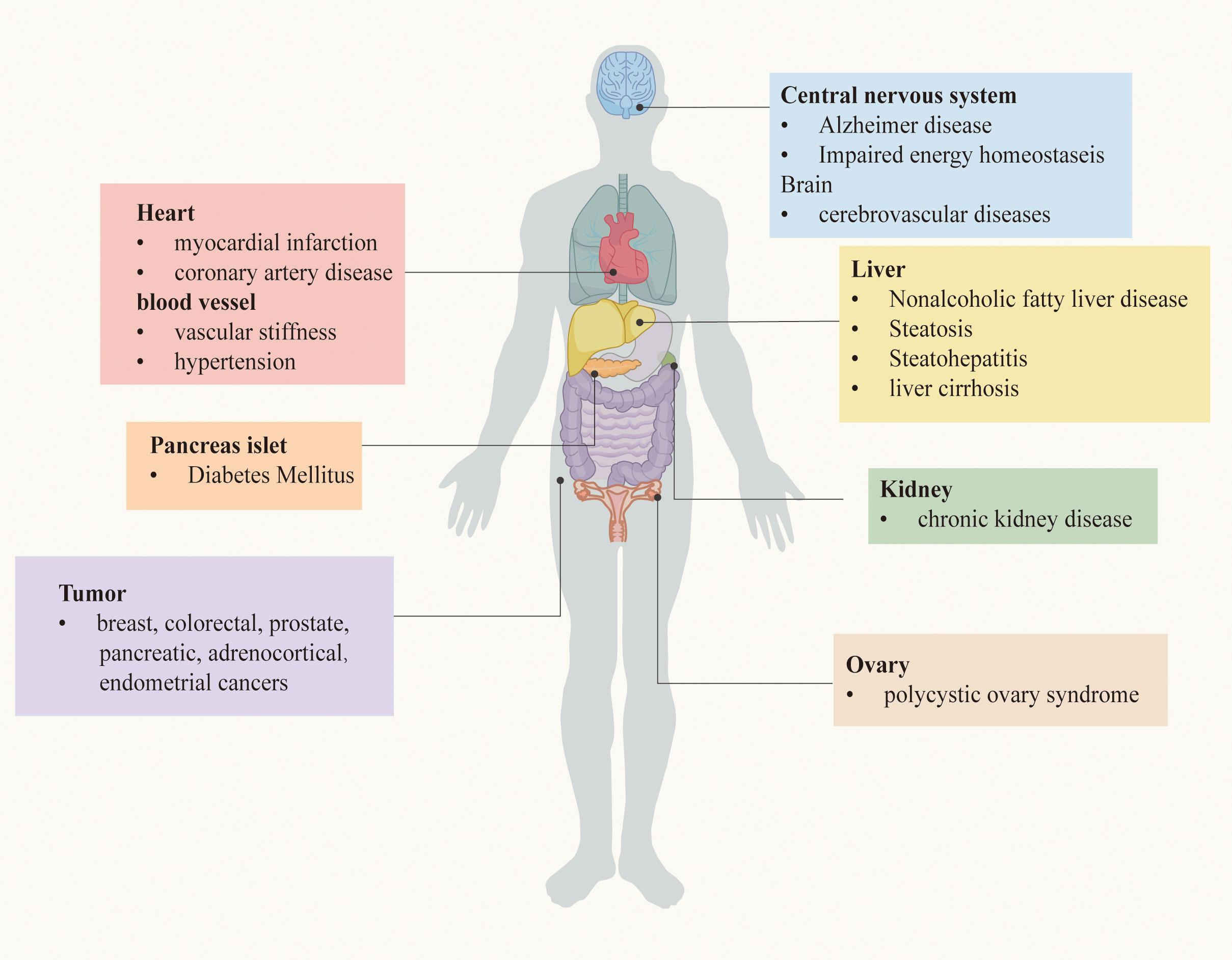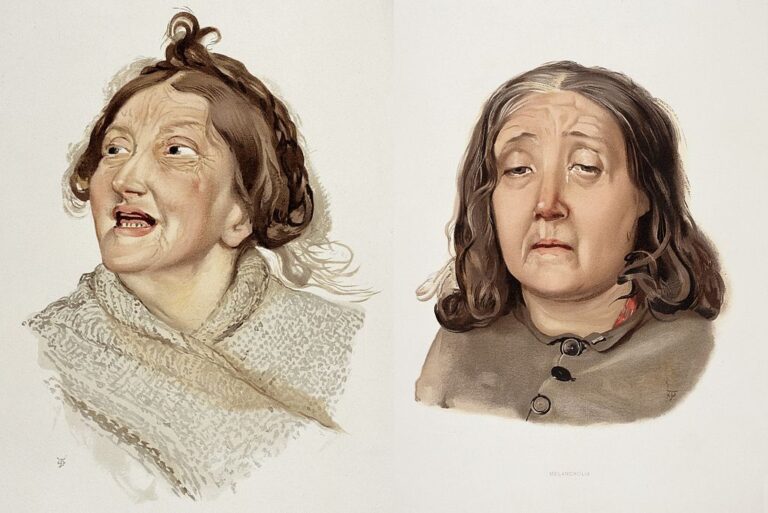Cyclothymia, also known as cyclothymic disorder, is a chronic mood disorder characterized by fluctuating periods of hypomanic symptoms and depressive symptoms that do not meet the full criteria for bipolar disorder or major depressive disorder. This condition can significantly impact an individual’s quality of life, relationships, and ability to function in daily activities. Understanding Cyclothymia is essential for early identification and effective management.

Overview of Cyclothymia
Cyclothymia is a type of mood disorder that falls under the spectrum of bipolar disorders. It is often described as a milder form of bipolar disorder, but it should not be underestimated. Individuals with this condition experience persistent mood swings that alternate between mild highs, resembling hypomania, and mild lows, similar to depression. These mood fluctuations occur over a prolonged period, typically lasting for at least two years in adults and one year in children and adolescents.
Unlike bipolar disorder, the mood swings in cyclothymia are less severe and do not cause significant impairment in functioning. However, they can still disrupt daily life and lead to emotional instability. The exact cause of this condition remains unclear, but researchers believe that genetic, environmental, and neurochemical factors may contribute to its development.
Risk Factors
- A family history of mood disorders or bipolar disorder
- High levels of stress or trauma
- Imbalances in brain chemicals such as serotonin and dopamine
- Personality traits like impulsivity or emotional sensitivity
Symptoms of Cyclothymia
The hallmark of cyclothymia is the presence of alternating periods of hypomanic and depressive symptoms. These symptoms are less intense than those seen in bipolar disorder but are persistent and disruptive. Below is a detailed breakdown of the symptoms associated with each phase:
Hypomanic Symptoms
During the hypomanic phase, individuals may experience:
- Elevated mood or irritability
- Increased energy and activity levels
- Reduced need for sleep
- Impulsive behavior, such as excessive spending or risky decisions
- Racing thoughts and heightened creativity
- Difficulty concentrating on tasks
Depressive Symptoms
In the depressive phase, individuals may exhibit:
- Feelings of sadness, hopelessness, or emptiness
- Fatigue and low energy
- Loss of interest in previously enjoyable activities
- Changes in appetite or weight
- Sleep disturbances, such as insomnia or oversleeping
- Difficulty concentrating or making decisions
- Thoughts of worthlessness or guilt
It is important to note that while these symptoms are present, they do not meet the diagnostic criteria for a full hypomanic or major depressive episode. This distinction is crucial for accurate diagnosis and treatment.
Diagnosis of Cyclothymia
Diagnosing cyclothymia can be challenging because its symptoms overlap with other mood disorders, such as bipolar disorder and major depressive disorder. Additionally, individuals may not recognize their mood swings as problematic or may attribute them to external factors. A thorough evaluation by a mental health professional is necessary to confirm the diagnosis.
Diagnostic Criteria
To diagnose cyclothymia, the following criteria must be met:
- The individual experiences numerous periods of hypomanic symptoms and depressive symptoms for at least two years (or one year for children and adolescents).
- These symptoms do not meet the full criteria for a hypomanic episode or a major depressive episode.
- During the two-year period, the individual has not been symptom-free for more than two months at a time.
- The symptoms cause significant distress or impairment in social, occupational, or other areas of functioning.
- The symptoms cannot be attributed to substance use, medication, or another medical condition.
Assessment Process
The assessment process typically involves:
- A detailed clinical interview to gather information about the individual’s mood patterns, family history, and life circumstances
- Completion of standardized questionnaires or mood diaries to track mood fluctuations over time
- Physical examinations and laboratory tests to rule out underlying medical conditions that may mimic cyclothymic symptoms
Management of Cyclothymia
Managing cyclothymia requires a comprehensive approach that combines psychotherapy, medication, lifestyle changes, and support systems. While there is no cure for this condition, effective management can help individuals stabilize their moods and improve their overall well-being.
Psychotherapy
Psychotherapy, or talk therapy, is a cornerstone of treatment for cyclothymia. It helps individuals understand their condition, identify triggers, and develop coping strategies. Common therapeutic approaches include:
- Cognitive Behavioral Therapy (CBT): Focuses on identifying and changing negative thought patterns and behaviors that contribute to mood swings.
- Interpersonal and Social Rhythm Therapy (IPSRT): Aims to stabilize daily routines and improve interpersonal relationships, which can help regulate mood.
- Family-Focused Therapy: Involves family members in the treatment process to enhance communication and support.
Medication
While medications are not always required for cyclothymia, they may be prescribed in cases where symptoms are more severe or interfere with daily functioning. Commonly used medications include:
- Mood stabilizers, such as lithium, to reduce the frequency and intensity of mood swings
- Antidepressants, though they are used cautiously due to the risk of triggering hypomanic episodes
- Antipsychotic medications for individuals with more pronounced symptoms
Lifestyle Changes
Incorporating healthy lifestyle habits can play a significant role in managing cyclothymia. These include:
- Maintaining a regular sleep schedule to promote emotional stability
- Engaging in regular physical activity to boost mood and reduce stress
- Adopting a balanced diet rich in nutrients that support brain health
- Practicing relaxation techniques, such as mindfulness meditation or yoga
- Avoiding alcohol and recreational drugs, which can exacerbate symptoms
Support Systems
Building a strong support network is essential for individuals with cyclothymia. Support can come from various sources, including:
- Family and friends who provide emotional understanding and encouragement
- Support groups where individuals can share experiences and coping strategies
- Mental health professionals who offer guidance and expertise
Tips for Loved Ones
For family members and friends supporting someone with cyclothymia, consider the following tips:
- Educate yourself about the condition to better understand what your loved one is experiencing
- Encourage open communication and avoid judgment or criticism
- Be patient and empathetic, recognizing that mood swings are part of the condition
- Help your loved one adhere to their treatment plan and attend appointments
Living with Cyclothymia
Living with cyclothymia can be challenging, but with the right strategies and support, individuals can lead fulfilling lives. It is important to acknowledge that mood swings are a natural part of the condition and not a reflection of personal failure. By prioritizing self-care, seeking professional help, and fostering meaningful connections, individuals can navigate the ups and downs of cyclothymia with resilience and hope.





